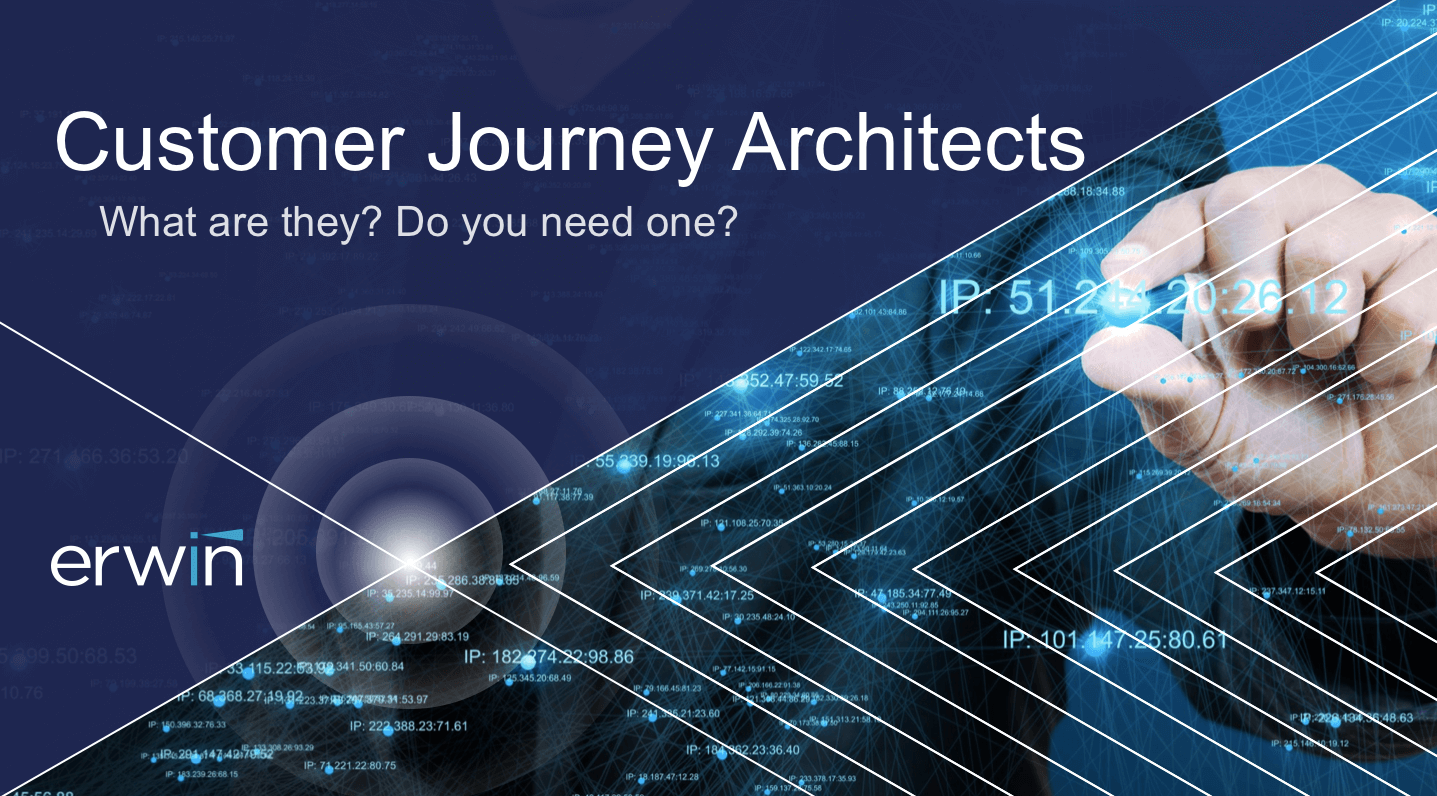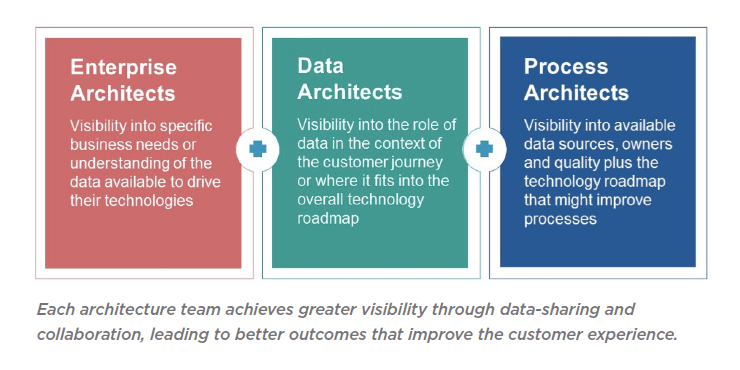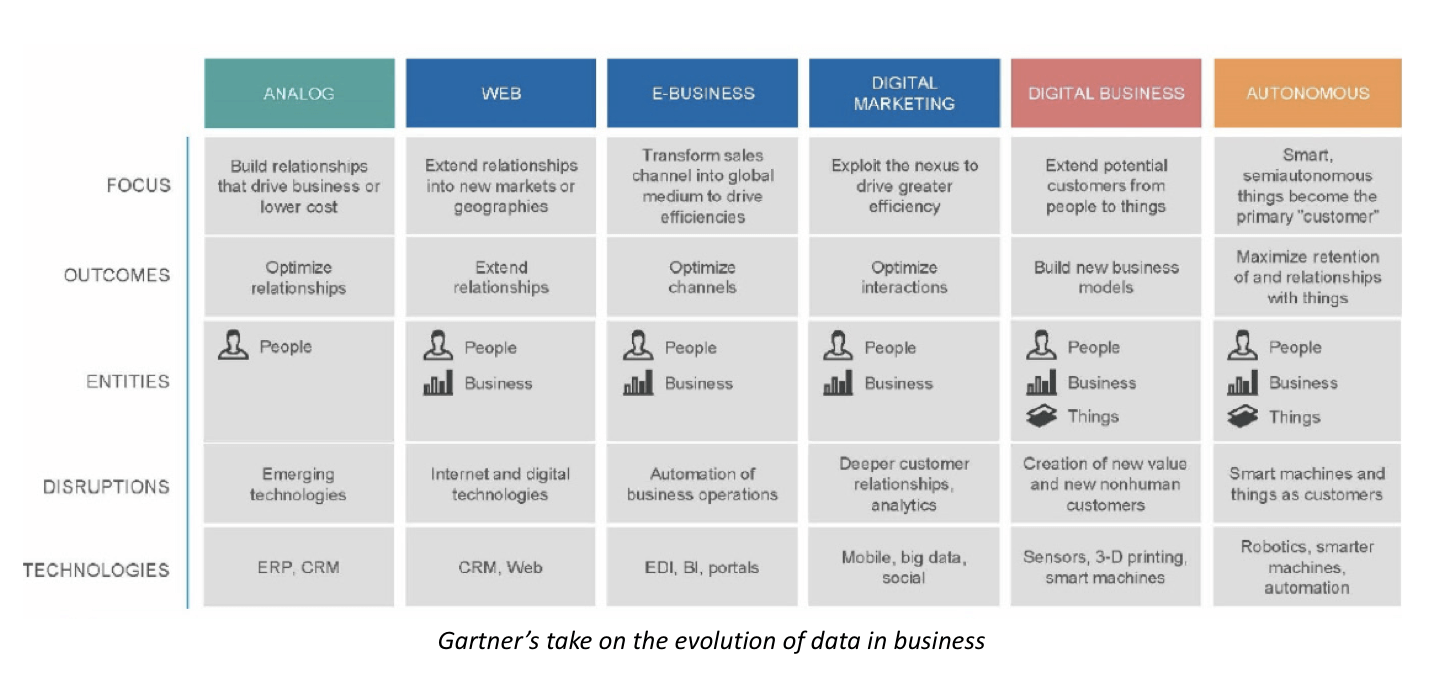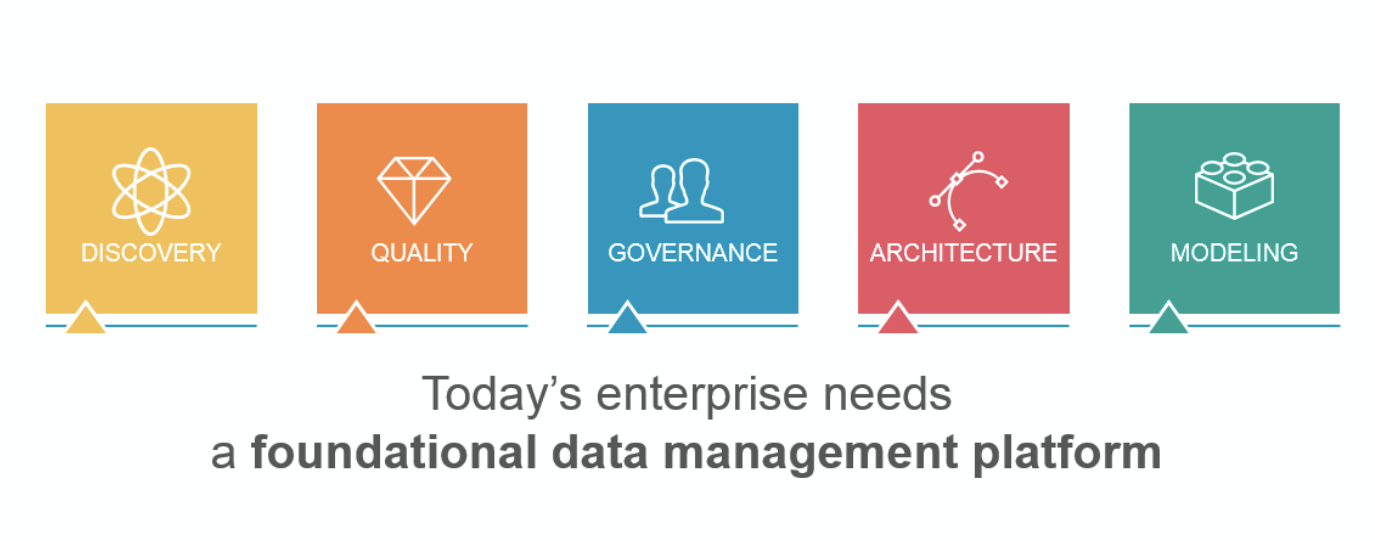Digital transformation is ramping up in all industries. Facing regular market disruptions, and landscape-changing technological breakthroughs, modern businesses must be both malleable and willing to change.
To stay competitive, you must be agile.
Digital Transformation is Inevitable
Increasing numbers of organizations are undergoing a digital transformation. The tried-and-tested yet rigid methods of doing business are being replaced by newer, data-orientated approaches that require thorough but fast analysis.
Some businesses – like Amazon, Netflix and Uber – are leading this evolution. They all provide very different services, but at their core, they are technology focused.
And they’re reaping rewards for it too. Amazon is one of the most valuable businesses in the world, perhaps one of the first companies to reach a $1-trillion valuation.
It’s not too late to adopt digital transformation, but it is too late to keep fighting against it. The tide of change has quickened, and stubborn businesses could be washed away.
But what’s the best way to get started?
Step One: Determine Your End Goal
Any form of change must start with the end in mind, as it’s impossible to make a transformation without understanding why and how.
Before you make a change, big or small, you need to ask yourself why are we doing this? What are the positives and negatives? And if there are negatives, what can we do to mitigate them?
To ensure a successful digital transformation, it’s important to plot your journey from the beginning through your end goal, understanding how one change or a whole series of changes will alter your business.
Business process modeling tools can help map your digital transformation journey.
Step Two: Get Some Strategic Support
For businesses of any size, transformational change can disrupt day-to-day operations. In most organizations, the expertise to manage a sizeable transformation program doesn’t exist, and from the outset, it can appear quite daunting.
If your goal is to increase profits, it can seem contradictory to pay for support to drive your business forward. However, a slow or incorrect transformational process can be costly in many ways. Therefore, investing in support can be one of the best decisions you make.
Effective strategic planning, rooted in enterprise architecture, can help identify gaps and potential oversights in your strategy. It can indicate where investment is needed and ensure transformative endeavors aren’t undermined by false-starts and U-turns.
Many businesses would benefit further by employing strategic consultants. As experts in their fields, strategic consultants know the right questions to ask to uncover the information you need to influence change.
Their experience can support your efforts by identifying and cataloging underlying components, providing input to the project plan and building the right systems to capture important data needed to meet the business’s transformation goals.
Step Three: Understand What You Have
Once you know where you want to go, it’s important to understand what you currently do. That might seem clear, but even the smallest organizations are underpinned by thousands of business processes.
Before you decide to change something, you need to understand everything about what you currently do, or else a change could have an unanticipated and negative impact.
Enterprise architecture will also benefit a business here, uncovering strategic improvement opportunities – valuable changes you might not have seen.
As third-parties, consultants can provide an impartial view, rather than letting historic or legacy decisions cloud future judgment.
Businesses will also benefit from data modeling. This is due to the exponential increase in the volume of data businesses have to manage – as well as the variety of disparate sources.
Data modeling will ensure data is accessible, understood and better prepared for analysis and the decision-making process.
Step Four: Collect Knowledge from Within
Your employees are a wealth of knowledge and ideas, so it’s important to involve them in the enterprise architecture process.
Consultants can facilitate a series of staff workshops to enable employee insights to be shared and then developed into real, actionable changes.
Step Five: Get Buy-in Across the Business
Once you’ve engaged with your staff to collect the knowledge they hold, make sure you don’t cut them off there. Business change is only successful if everyone understands what is happening and why, with continuous updates.
Ensure that you take your employees through the change process, making them part of the digital transformation journey.
Evidence suggests that 70 percent of all organizational change efforts fail, with a primary reason being that executives don’t get enough buy-in for new initiatives and ideas.
By involving relevant stakeholders in the strategic planning process, you can mitigate this risk. Strategic planning tools that enable collaboration can achieve this. Thanks to technological advancements in the cloud, collaboration can even be effectively facilitated online.
Take your employees through your digital transformation journey, and you’ll find them celebrating with you when you arrive at your goal.
If you think now is the right time for your business to change, get in touch with us today.
















